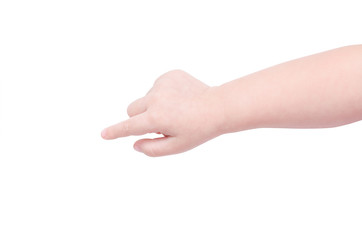
In very young children, trigger thumb or finger will resolve on its own for up to 30 percent of children before they reach their first birthday. After that age, it’s unlikely this condition will go away without treatment. Ultrasound can help confirm the diagnosis by demonstrating the node on their tendon.
Surgery to correct trigger thumb is usually performed when a child is between 1 to 2 years of age (before 3 years). In this procedure, your child’s surgeon will release the tendon from the tendon sheath where it is catching, allowing the tendon to glide more smoothly.
Treatment of trigger fingers other than the thumb will include evaluation for any underlying inflammatory condition. Treatment most commonly involves releasing one of the tendon pulleys of the thumb to allow the tendon to glide more smoothly. There are important nerves and vessels nearby, which is why it is important that the surgery is performed by a qualified hand surgeon, like those at RPS.
Your child will be able to go home the same day as her trigger finger or trigger thumb release surgery. She will need to leave a soft dressing over the incision for five days after surgery. Use of the affected hand will be restricted during this time, but they should be able to return to more normal movement and activity within a few weeks.

